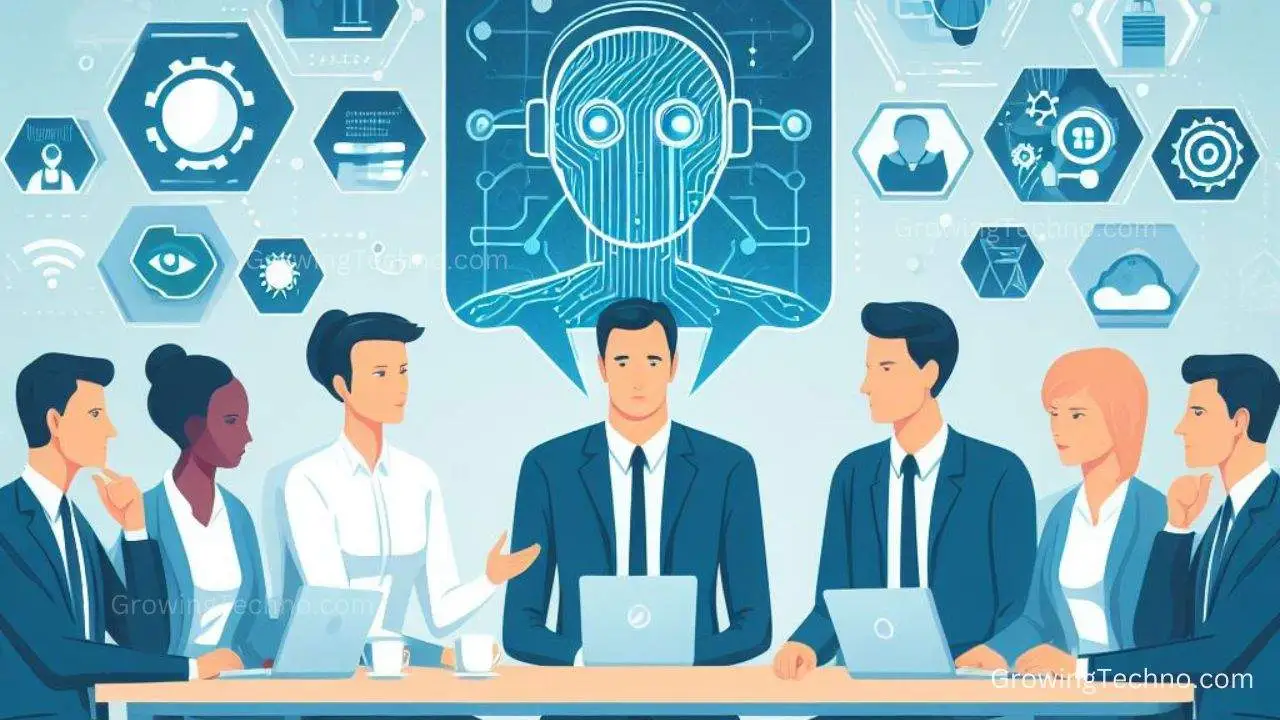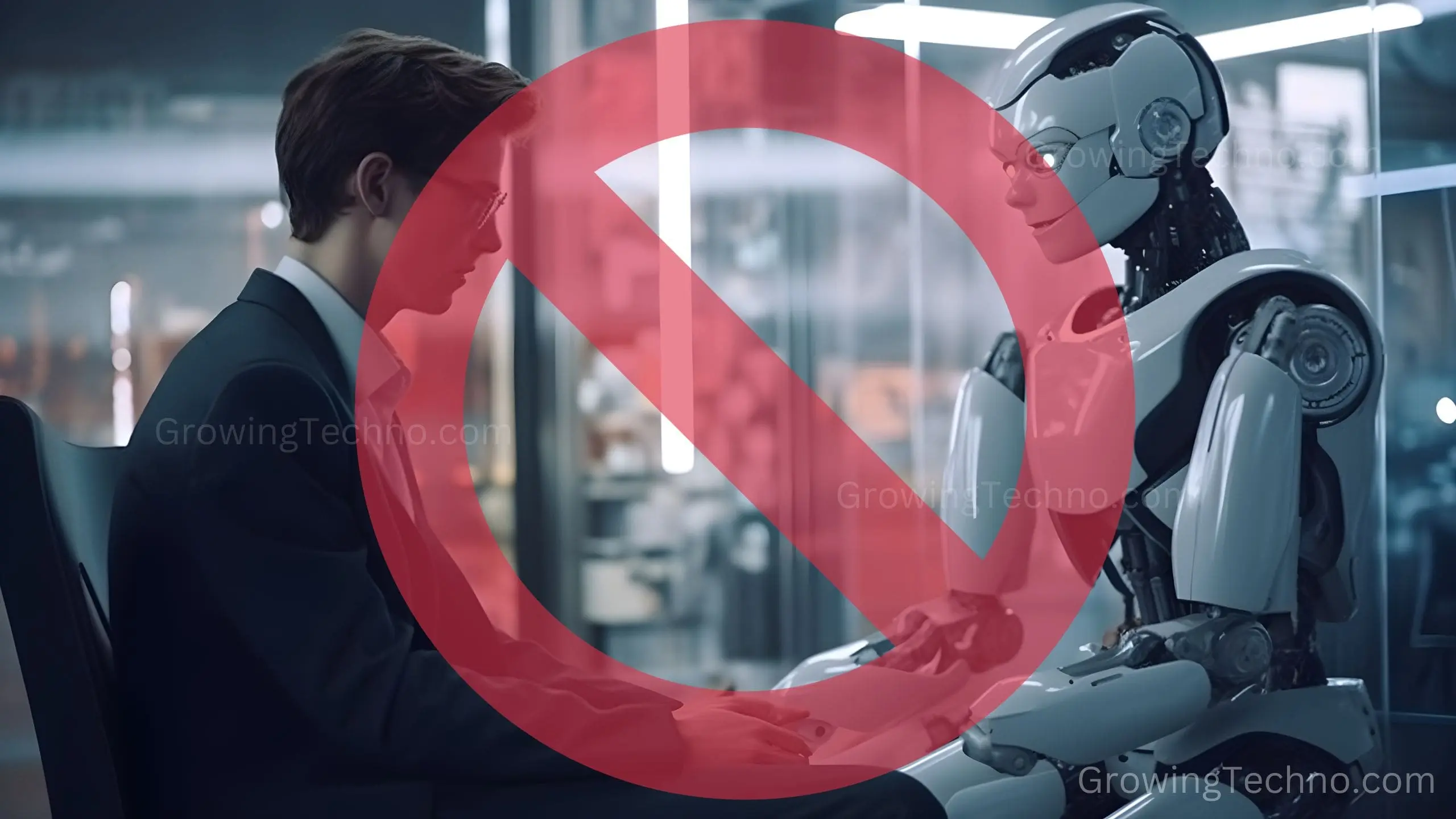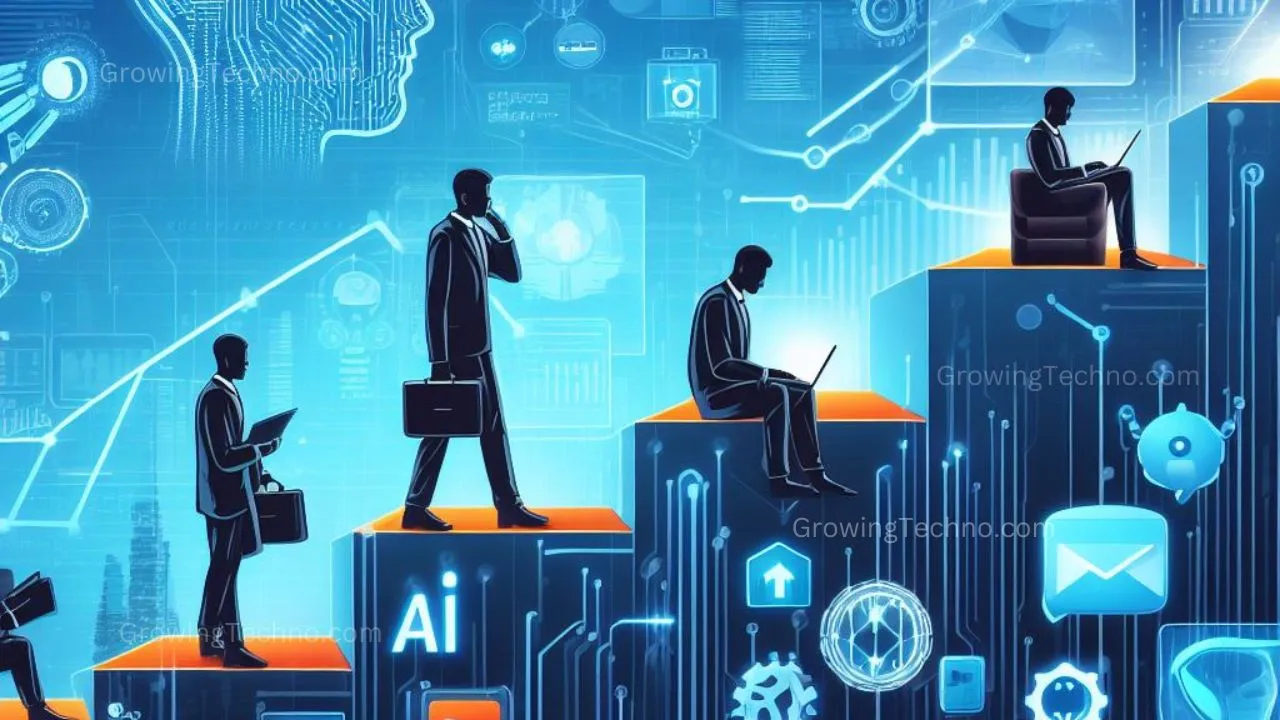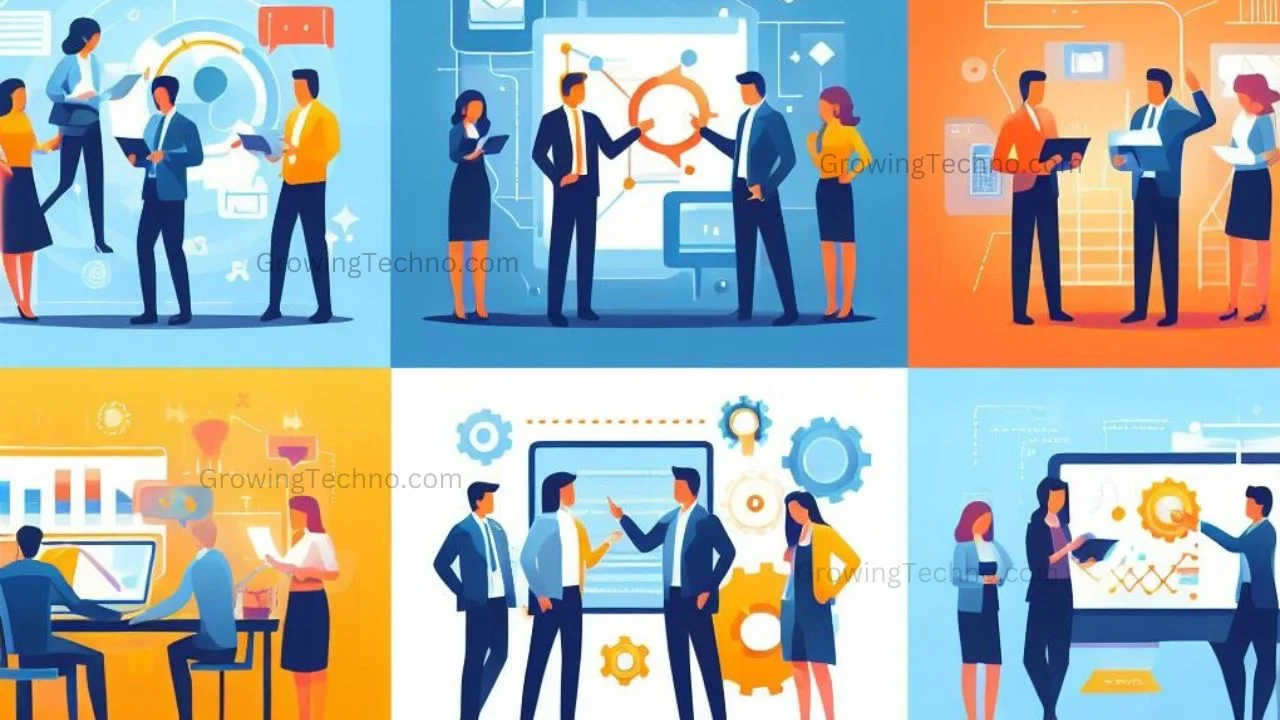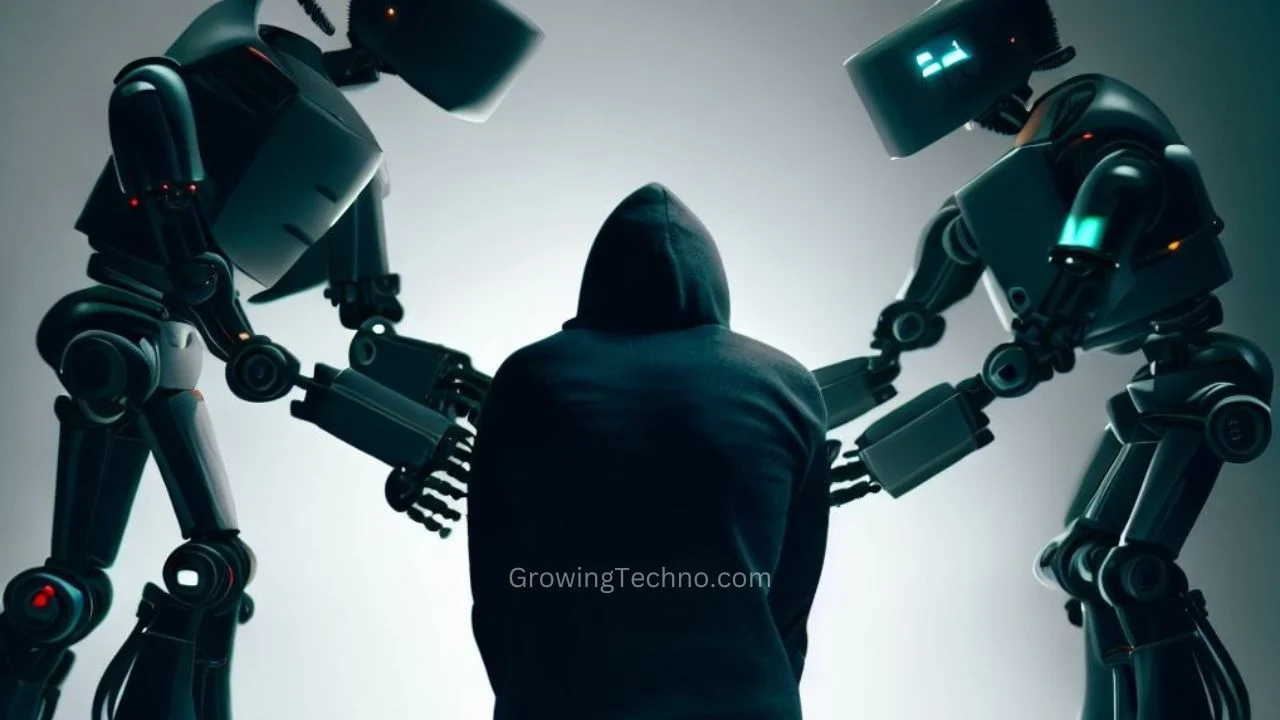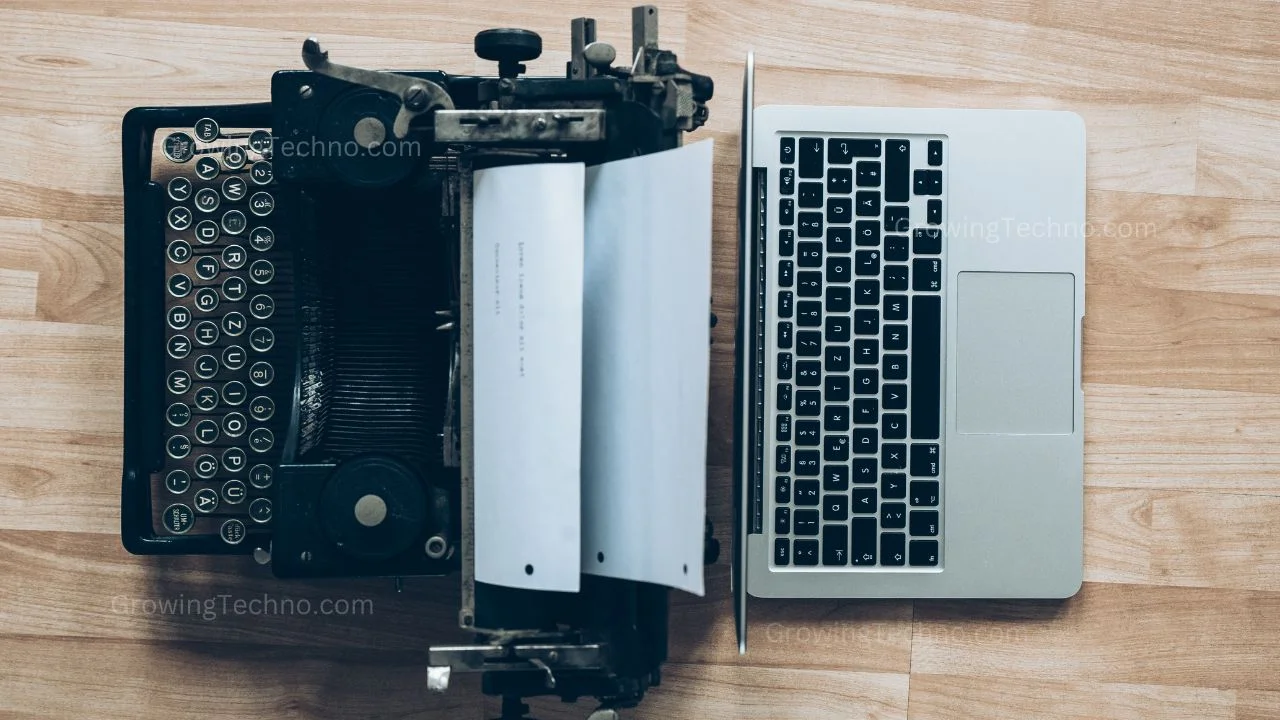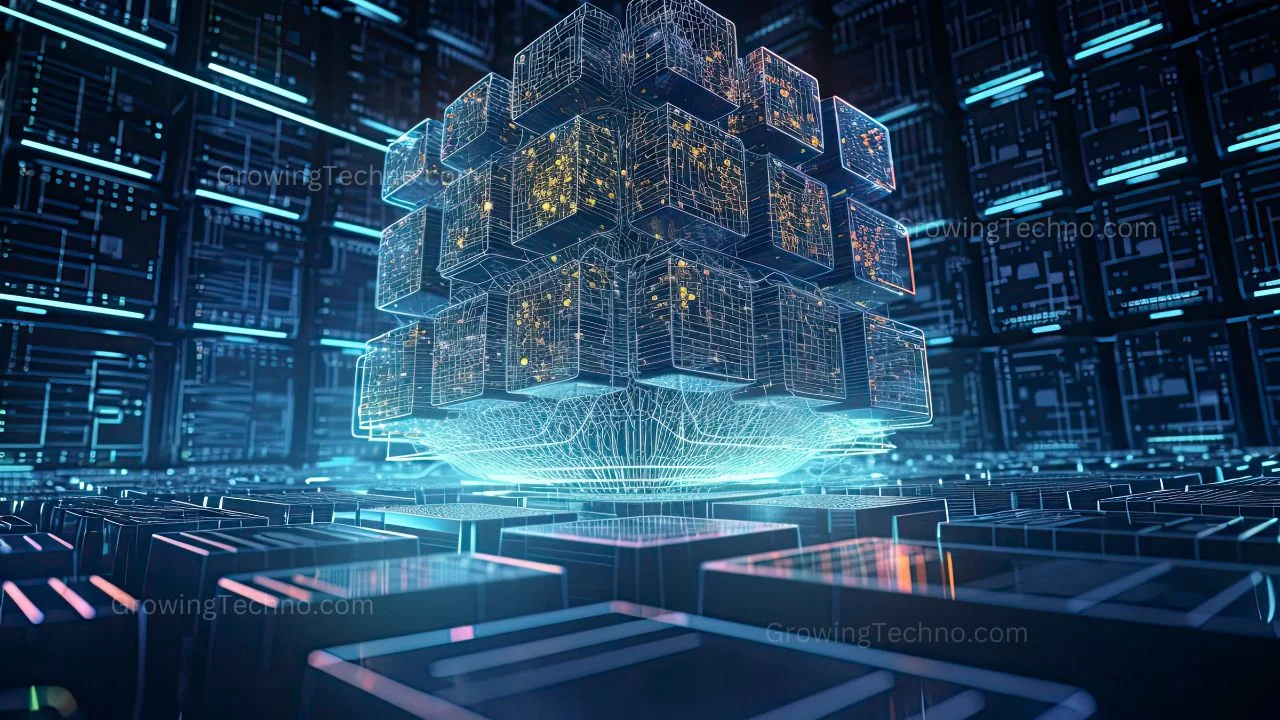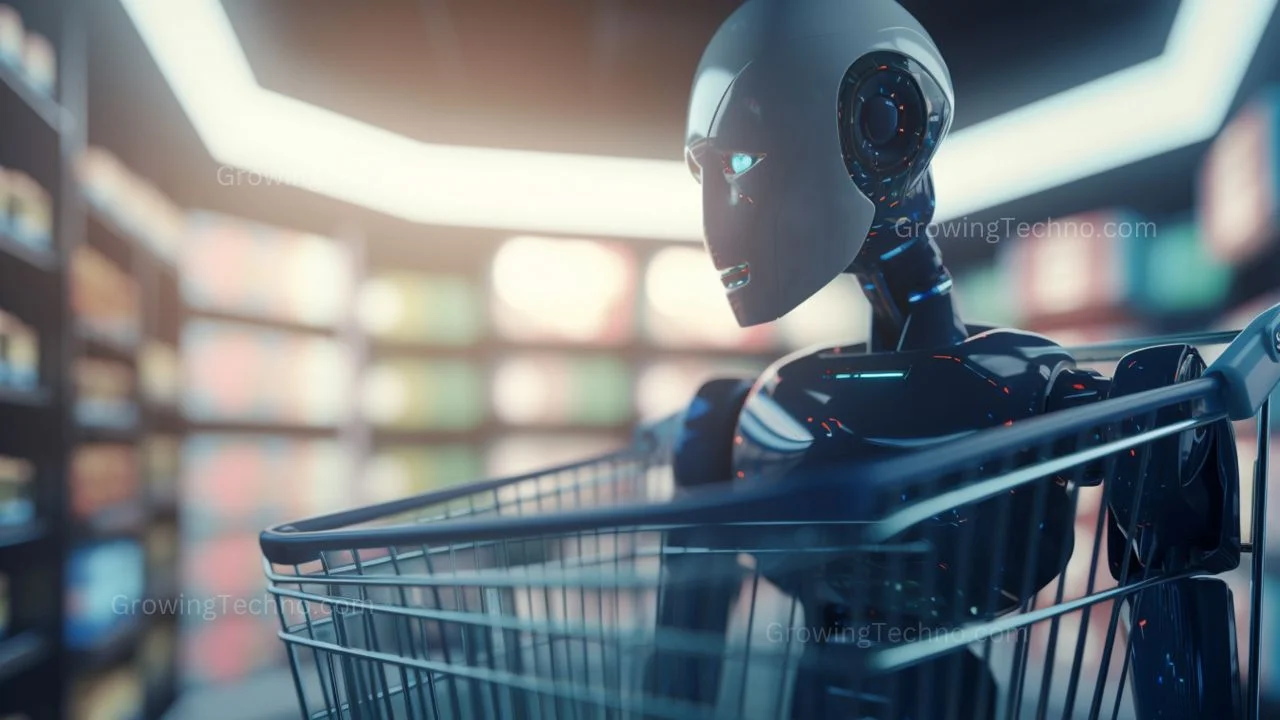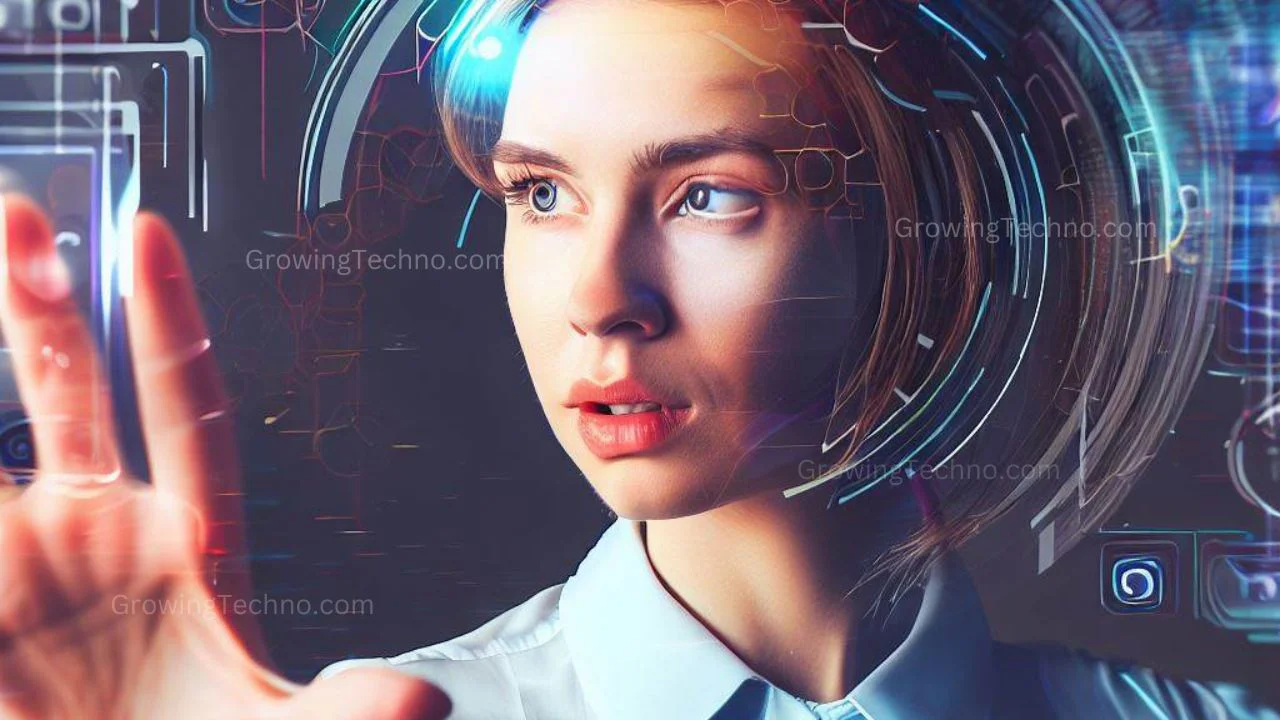
The rapid advancement of automation and artificial intelligence (AI) technologies is ushering in a new era in the world of work. From factory floors to corporate offices, organizations are embracing these transformative technologies to enhance efficiency, optimize processes, and create a more agile workforce. This article delves into how automation and AI are reshaping traditional job roles, the importance of upskilling employees, and the strategies to create a workforce that thrives in the digital age.
The Rise of Automation and AI
Automation and AI are revolutionizing industries by automating routine tasks, augmenting human decision-making, and enabling the development of innovative solutions. This trend is leading to the transformation of traditional job roles across various sectors:
- Enhanced Productivity: Automation steps in to handle repetitive and time-consuming tasks, liberating employees to redirect their efforts toward more value-added activities. This not only boosts overall productivity but also allows individuals to focus on tasks that require creativity and problem-solving.
- Data-Driven Insights: AI, with its capacity to analyze vast datasets swiftly and accurately, provides organizations with actionable insights. These insights empower informed decision-making, leading to more favorable business outcomes. By harnessing the power of AI, companies can gain a competitive edge in their respective markets.
- Customer Experience: The integration of AI-driven technologies such as chatbots, virtual assistants, and advanced analytics is redefining customer interactions. These AI-powered tools not only facilitate quicker response times but also enable personalized experiences. Customers benefit from more efficient support and tailored recommendations, leading to higher levels of satisfaction and loyalty.
- Manufacturing and Logistics: In the realms of manufacturing and logistics, robotics and automation are rewriting the rules. These technologies are responsible for streamlining processes, improving efficiency, and enhancing precision. For instance, in manufacturing, robots can handle intricate assembly tasks with unrivaled accuracy, while in logistics, automation optimizes supply chain operations by minimizing errors and delays.

Reskilling and Upskilling for the Future
As automation and AI change the nature of work, reskilling and upskilling become imperative. To remain relevant in the workforce, employees must acquire new skills and adapt to evolving roles:
- Continuous Learning: Organizations should foster a culture of continuous learning, providing employees with opportunities to acquire new skills and stay updated on industry trends.
- Digital Literacy: Basic digital literacy is essential for all employees, enabling them to work effectively with digital tools and technologies.
- Data Analytics: Understanding data and its interpretation is becoming essential for employees across various functions, from marketing to operations.
- Soft Skills: While technical skills are crucial, soft skills like communication, problem-solving, and adaptability are equally important in a technology-driven workplace.
Creating an Agile and Adaptable Workforce
Organizations must proactively prepare for the future of work by implementing strategies that foster agility and adaptability:
Employee-Centric Approach:
At the heart of an agile and adaptable workforce lies an unwavering commitment to the well-being, satisfaction, and growth of employees. Organizations should prioritize these aspects by offering flexible work arrangements that acknowledge the diverse needs of their workforce. This includes options such as remote work, flexible hours, and wellness programs. Moreover, providing continuous development opportunities and pathways for career advancement is essential. Employees who feel supported and valued are more likely to remain engaged, committed, and motivated.
Collaboration with Machines:
The integration of AI and automation should not be perceived as a replacement for human employees but as a means of enhancing their capabilities. Encouraging collaboration between employees and AI-powered systems is key. This synergy allows humans and machines to leverage each other’s strengths. While AI can handle data analysis and routine tasks with remarkable speed and accuracy, human employees bring creativity, empathy, and complex problem-solving skills to the table. By fostering this collaborative mindset, organizations can unlock new dimensions of productivity and innovation.
Agile Work Practices:
The ability to respond swiftly to shifting market demands and evolving customer preferences is a defining trait of an adaptable workforce. To achieve this, organizations should embrace agile methodologies in their work practices. Agile teams operate with a focus on flexibility and responsiveness. They break down complex projects into manageable increments and adapt their approach iteratively. Regular retrospectives and adjustments ensure that teams are aligned with organizational goals and customer needs. This agile approach is particularly valuable in dynamic industries where change is constant.
Innovation Culture:
Cultivating a culture of innovation is essential for nurturing an adaptable workforce. This culture encourages employees at all levels to experiment with new ideas, technologies, and approaches. It requires leadership support and a willingness to accept calculated risks. Employees should feel empowered to propose innovative solutions and challenge existing norms. By fostering an environment where creativity is celebrated, organizations can tap into the full potential of their workforce. Innovation culture not only fuels continuous improvement but also positions organizations as pioneers in their respective industries.
Conclusion
Automation and AI are driving a seismic shift in the future of work. By reshaping job roles, augmenting human capabilities, and promoting a culture of continuous learning, organizations can create a workforce that thrives in the digital age. The key lies in striking a balance between technological advancements and human potential, ultimately fostering innovation, efficiency, and adaptability.
Found this helpful? Share the wisdom!



